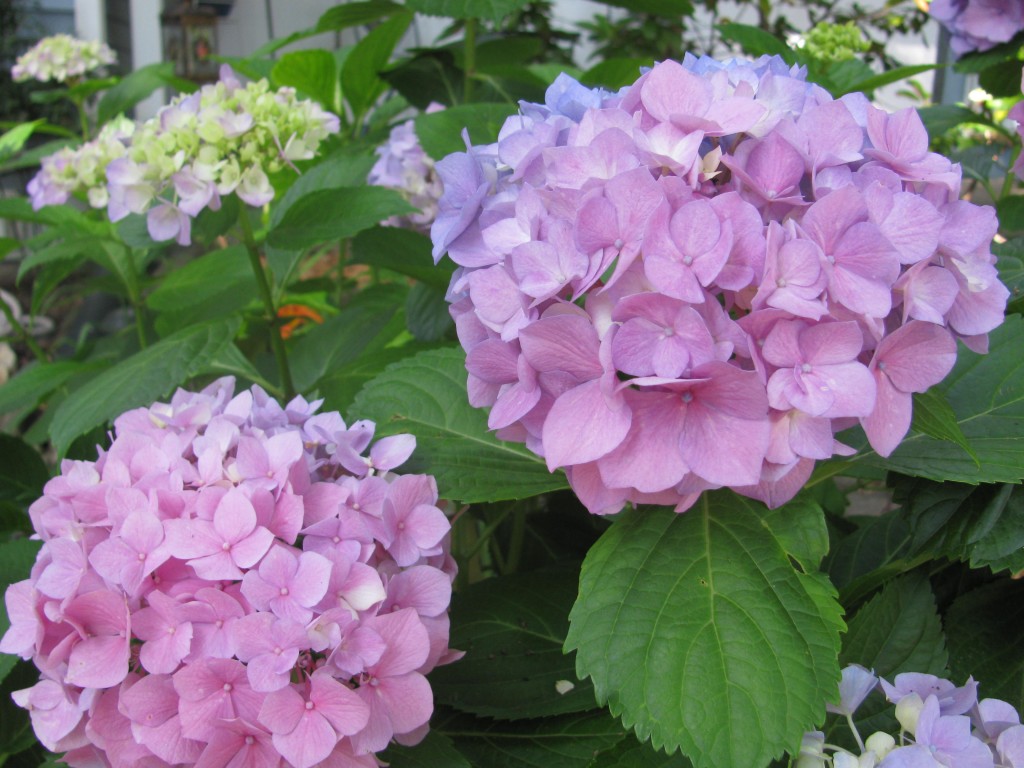Who doesn’t love spring? The Northern Hemisphere is slipping off her shroud of brown and gray and picking out her bright party dress: hues of pink, white, yellow, and soft green. It’s a welcome sight to the winter-weary. We turn our faces up to the warmth of extended sunlight and feel renewed.
Ah, but many of us pay a price for all this beauty and joie de vie: Allergies.
The term “allergy” has only been around for about a century (you knew you wouldn’t escape this post without a little history lesson, right?). Two pediatricians, Clemens von Pirquet and Bela Schick, came up with the term in 1906. They combined the Greek words Allos (“other”) and Ergon (“reaction”) to create a term that would describe the hypersensitive response of the body’s immune system to something other than a bacteria or virus.

As recently as the mid-19th century, doctors and scientists considered heat the cause of these symptoms (hence the term “hay fever”). Allergies were also widely viewed as a “nervous disease” during this time. In 1859, however, Dr. Charles Blackley made the connection between pollen and hay fever. Most of the experimenting he did was upon himself, including a crude form of today’s “scratch tests” now commonly done for allergy screenings. Other physicians were using anecdotal evidence to come to similar conclusions about several other common types of allergies, including cats and feathers. To read more about Blackley and others, check this site.
Unless you live in Antartica (and they just found 12 million year-old pollen fossils there, so look out), you’re dealing with pollen. Lots of it. Tree pollen in the spring, grass pollen in the summer, ragweed pollen in the fall.
Around here, the tree pollen is the worst. Every morning, cars, sidewalks, and slow-moving mammals all have that greenish-yellow coating. Pollen is boss. People vs. pollen couldn’t be any less mismatched than the 300 Spartans facing down the 100,000 Persians in the Battle of Thermopylae. Our noses are running for dear life.
In the spirit of “know thy enemy” (and perhaps morbid curiosity), I looked up what U.S. cities were the worst for allergies in 2015. Here’s the top ten “countdown”:
10. Buffalo, NY
9. Knoxville, TN
8. Providence, RI
7. Oklahoma City, OK
6. Wichita, KS (ever watch The Dick Van Dyke Show? The episode “Big Max Calvada” makes this city particularly ironic)
5. McAllen, TX
4. Louisville, KY
3. Syracuse, NY
2. Memphis, TN
…and the #1 worst U.S. city for allergies: Jackson, MI.
Want to read more?
Top 25 worst cities for spring allergies
U.S. allergy forecast map (updated daily)
So, why am I writing about allergies today? Oh, I don’t know – **sniff** – it seemed to resonate with me, somehow.
At least we can take solace in the view. Here are some of my favorite pollen-laden pics from my yard and neighborhood:


Do you suffer from allergies? Do you consider the beauty of spring a fair trade for your suffering? I’d love to hear from you.
Someone pass me a Kleenex!
~Kathy




So far (knock on wood) I haven’t experienced much in the way of allergies here in Vicksburg. For a few days I had itchy, watery eyes and a faint headache, but that’s all gone now. Perhaps the move here had some other positive side effects.
Your garden is lovely. Here’s hoping it colorful all year round. Keep the tissue handy.
Patricia Rickrode
w/a Jansen Schmidt
Glad you haven’t been bombarded. Thanks for the compliment!
Oh, do I know all about allergies, Kathy! And of course, they must have been all the more miserable at a time before there was any medication that would really do much good. At least modern allergy meds can keep a person reasonably comfortable *Sniff* *discreet sneeze*
And hey, those are gorgeous flowers!
You are so right about those meds, Margot! Makes the flowers even better.
Hello from autumn!
I’m fortunate not to be troubled with allergies – except for a couple of days when I was a kid, when my nose and eyes flowed so constantly I kept a towel around my neck as the only way of dealing with it all. Still don’t know what that was; hope I never run into it again!
I remember hearing that desert places like Arizona had far fewer problems with allergies until people moved there to get away from the allergies and planted all the kinds of things they’d had in their gardens back home. Painfully ironic!
Happy autumn, Deb! Glad you aren’t a regular sufferer. You are absolutely right about out-of-towners changing the climate into something they are fleeing from. I think ther are ordinances now about not planting female olive trees in AZ…
I’m amazed Baltimore is not on the list. I had horrible allergies for the last few years that we lived there. Been much better since we moved to Florida, but they’re coming back some, now that my immune system has developed antibodies against the new flora and fauna down here. Still, I’ll take spring, summer, and fall over winter any day!
Funny, I would have thought FLA would be worse than Baltimore…growing stuff all year round. Glad it worked out for you!
It’s partly the delay in developing antibodies to new allergens (I’m having a bit more trouble each year, but still controllable with meds). But the fact that Florida is a peninsula helps. We get sea breezes from both directions that blow the pollen and pollutants away.
Laughed out loud at the accumulation of pollen on “slow-moving mammals.” Thanks for braving the allergens to bring forth such a lovely garden.
Sometimes I feel like one of those slow-moving mammals, Paul. Ah-ah-CHOO! 😉